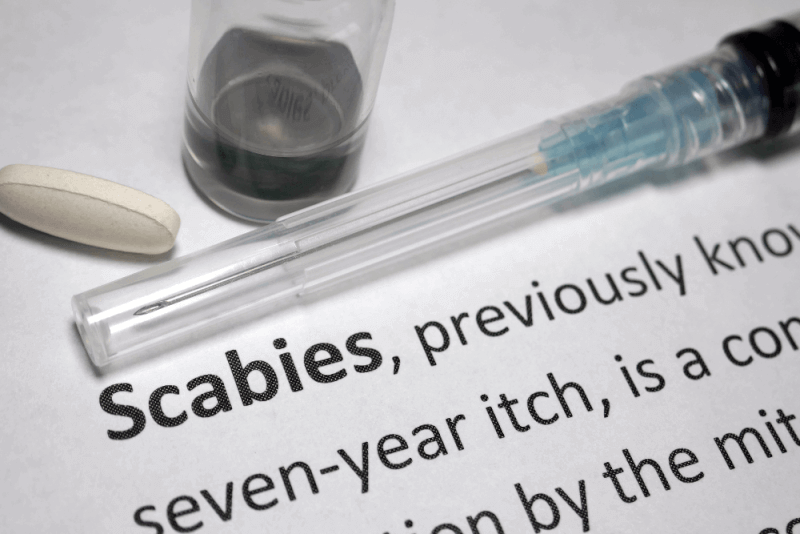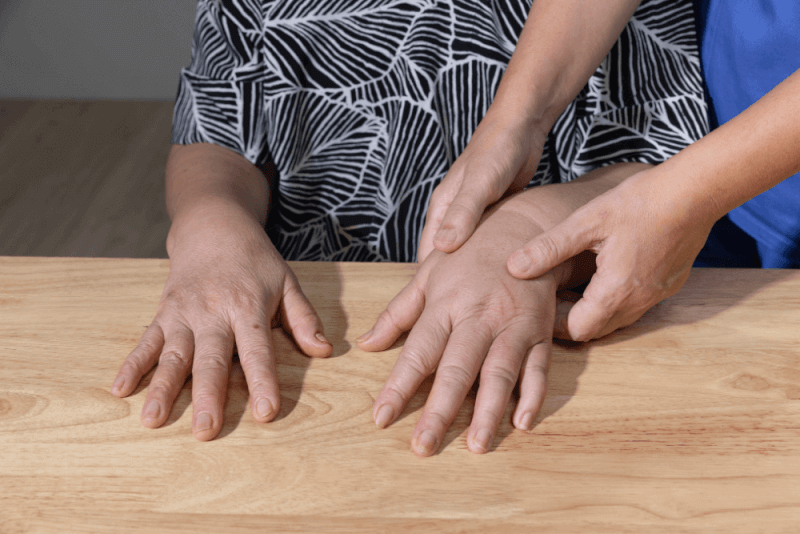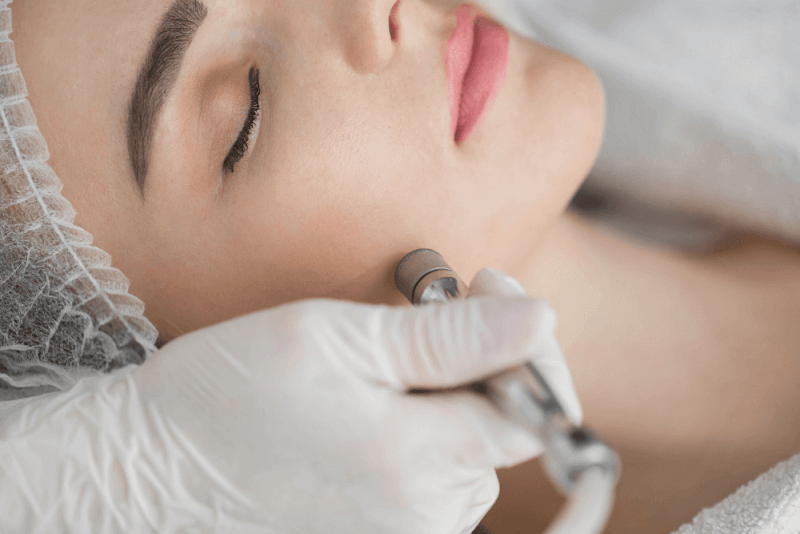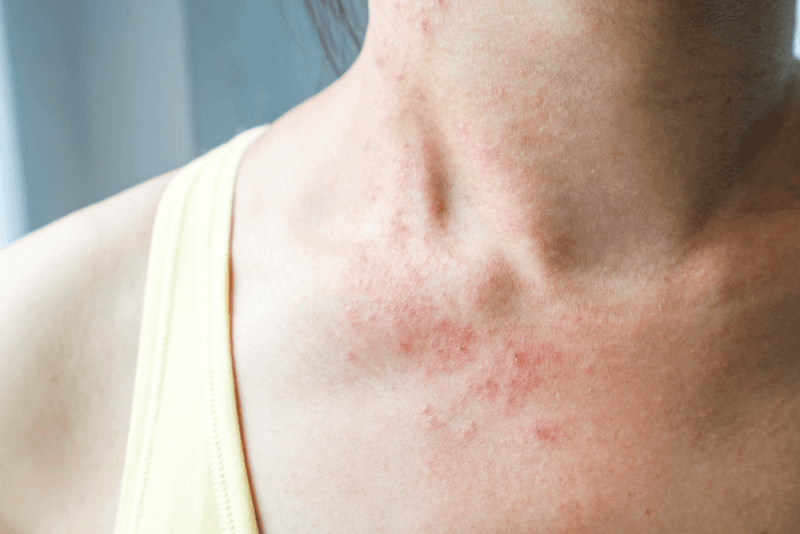What is Scabies?
Scabies is a skin disease caused by the Sarcoptes scabiei var hominis mite. These mites create tunnels under the skin, causing small red bumps and severe itching. Scabies is a highly contagious disease that can easily spread from person to person, often within a household. It is commonly found in tropical regions and crowded places.
Scabies can also occur in animals, but the mites that affect animals are different from those that affect humans and cannot survive on humans. However, reactions to these animal mites can occur in humans.
Types of Scabies
The types of scabies include:
Crusted Scabies
This type of scabies is found in people with compromised immune systems. It covers large areas of the skin with crusted patches. The primary characteristic of crusted scabies is the presence of millions of mites instead of just 10-15.
Nodular Scabies
This type is commonly seen in children. Even after the mites are killed, brown-red nodules can remain on the skin for a long time.
Bullous Scabies
When seen in adults, this type can be confused with bullous pemphigoid, which includes skin blisters.
Scalp Scabies
This type affects the scalp, causing rashes that resemble psoriasis.
Scabies Diagnosis Criteria
To diagnose scabies, experts look for the presence of mites on the skin. A skin sample may be taken and examined under a microscope to confirm the presence of mites or eggs.
Causes of Scabies
Scabies is caused by a type of mite and can affect anyone. It is not a disease caused by poor hygiene. However, some people are more likely to get scabies. This group includes:
- People living in close and crowded conditions
- Infants and children
- Elderly people living in nursing homes
- Healthcare workers who have contact with undiagnosed scabies patients
Symptoms of Scabies
The characteristic symptoms of scabies, such as red rashes and itching, may begin 4-6 weeks after the mites have entered the body. During this period, small spots may resemble pimples. The rashes can continue to spread for several weeks or months. In addition to redness, symptoms of scabies include:
- Severe itching, especially at night
- Infection as a result of scratching
- Rashes that appear as grayish or skin-colored lines
Treatment Methods for Scabies
Permethrin cream is prescribed for the treatment of scabies. The cream should be applied to the entire body, including the palms and soles. In children, it may also need to be applied to the scalp. Before applying to the scalp, ensure the skin is clean and dry. The cream should be left on the skin for 14 hours, so it is usually applied at night and washed off in the morning.
Another option for treating scabies is Ivermectin. This antiparasitic medication is taken orally in a single dose, with a second dose given 1-2 weeks later. However, it should not be used by pregnant or breastfeeding women or children under 15 kilograms.
Oral and topical medications can be prescribed to relieve itching. If an infection occurs, medications for treating the infection can also be prescribed.
The mites that cause scabies die after treatment. No additional doses are needed unless symptoms persist. Itching can continue for 2-4 weeks after the mites die, and redness can persist for 4 weeks.
Risks of Scabies
The primary risk of scabies is damage to the skin caused by excessive scratching and breaking, which can lead to infections. Other potential complications include:
- Heart disease
- Kidney problems
How to Prevent Scabies
Scabies should be treated as soon as possible to prevent an outbreak. Mites can live for 2-3 days after leaving the human body. To prevent the spread of scabies, the following measures should be taken:
- Avoid contact with people who have itching
- If a family member has scabies, the entire family should be treated
- Wash all fabrics that have been in contact with the patient in hot water and dry them in the sun or a dryer
- Keep items that cannot be washed in a sealed bag for a week
- Clean the house thoroughly after treating crusted scabies patients








